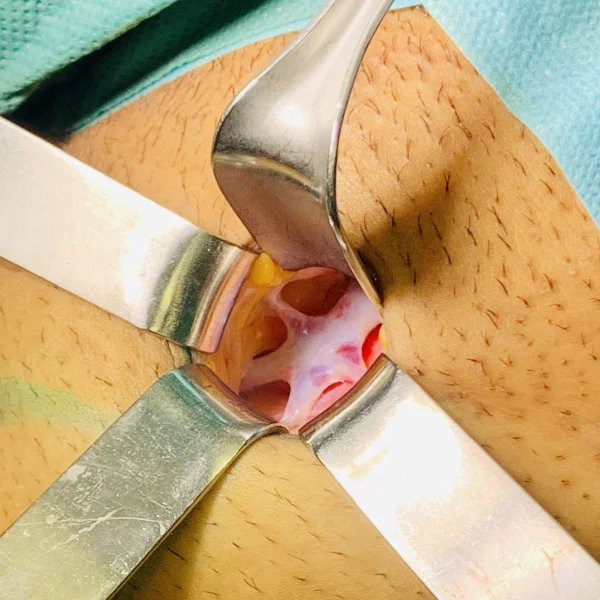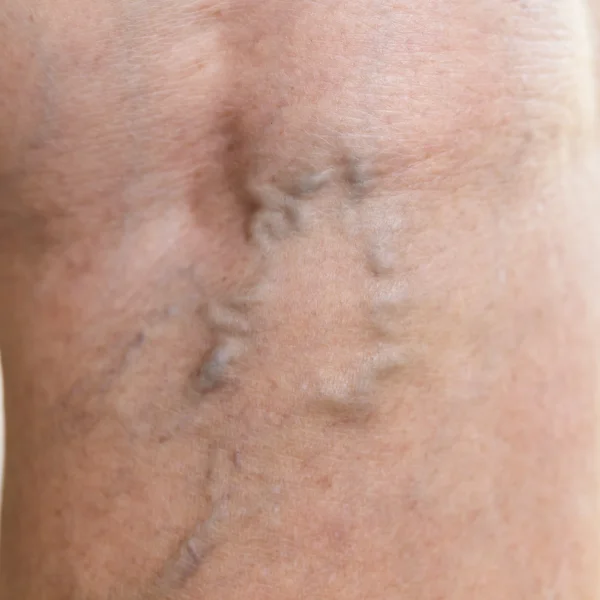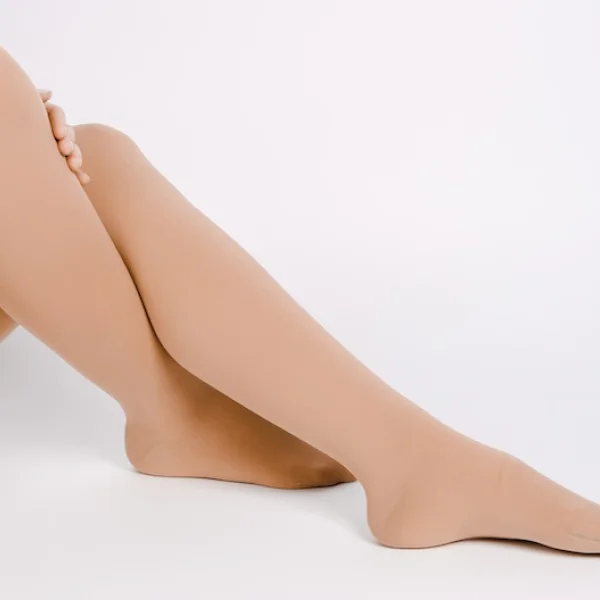minimal-invasives Stripping
Die klassische Krampfaderoperation ist, ausgeführt durch eine erfahrene Operateurin bzw. einen Operateur, eine sehr sichere und nachhaltige Therapieoption eines Krampfaderleidens.

Wir führen die klassische Stripping-Operation ambulant und minimal-invasiv bei höchstem Patientencomfort mit hervorragenden medizinischen und ästhetischen Resultaten durch.
Was bedeutet Crossektomie und Stripping?
Die Operation nach Babcock wurde bereits 1900 das erste Mal durchgeführt und ist im Laufe des letzten Jahrhunderts stetig verbessert und weiterentwickelt worden. Das Wort „Crossektomie“ bezeichnet die Unterbindung aller Venenäste des sogenannten „Venensterns“ in der Leiste oder der Kniekehle zur Separierung des oberflächlichen vom tiefen Venensystems. Das Wort „Stripping“ bezeichnet das Herausziehen der erkrankten Stammvene.
Wir haben uns im Rahmen unserer langjährigen, operativen Erfahrung darauf spezialisiert, das Stripping komplett in Lokalanästhesie durchzuführen, sodass die Patient:innen auf die Narkose beruhigt verzichten können.
Die klassische Operation ist in den letzten Jahren - vor allem im Rahmen der Etablierung der endovenösen Therapieverfahren - zunehmend in Verruf geraten. Zu Unrecht wie wir finden.
Sie hat den Vorteil, dass bei jeder anatomischen Variante der Krampfader eine vollständige Entfernung dieser erfolgen kann. Der hohe kosmetisch-ästhetische Anspruch an das Langzeitergebnis kann bei unserer minimal-invasiven Herangehensweise ebenfalls gewährleistet werden. Jedoch entstehen im Vergleich zu den endovenösen Kathetertherapien mehrere kleine Narben, auch die Rate an Blutergüssen ist höher. Die postoperative Bewegungseinschränkung ist im Vergleich etwas länger anzusetzen.
Wir beraten Sie sehr gerne, welche Behandlungsmethode für Sie in Frage kommt und sind stolz darauf, bei veins.berlin alle phlebologisch etablierten Therapiemethoden routiniert, als Kombinationstherapien und mit höchstem Anspruch an das phlebologische und ästhetische Ergebnis, durchführen zu können.
Wir sind stolz darauf, bei veins.berlin alle phlebologisch etablierten Therapiemethoden routiniert durchzuführen und anzubieten.
Unmittelbar vor der Operation wird durch die Operateurin die erkrankte Stammvene und die sichtbaren Seitenastkrampfadern Duplex-sonographisch gestützt auf das Bein angezeichnet: Das sogenannte Mapping wird durchgeführt. Die Lage und der Verlauf der Vene wird definiert, um den maximalen Therapieerfolg bei höchster Patientensicherheit zu gewährleisten.
Im Anschluss wird nach entsprechender Vorbereitung und Lokalanästhesie im OP-Setting ein 1-2 cm großer Leisten- oder Kniekehlenschnitt - in Abhängigkeit der zu entfernenden und erkrankten Krampfader - die sogenannte „Crossektomie“ durchgeführt.
Die Einmündung der oberflächlichen Stammvene (Vena saphena magna und parva) in das tiefe Venensystem wird sorgfältig präpariert. Die Krampfader wird dann abgeklemmt, vom tiefen Venensystem isoliert und an der Einmündungsstelle durch Nähte und Knoten verschlossen.
Übersicht und Fakten zur veins.berlin minimal-invasivem Stripping
OP-Behandlungsdauer
ca. 30 – 60 Minuten pro Vene
Narkose ist nicht notwendig | Nüchternheit nicht notwendig
örtlicher Betäubung durch Tumeszenz | intravenöses Entspannungsmittel
Ambulante Behandlung
Krankenhausaufenthalt nicht notwendig
Duschen und entfernen des Pflasters ist ab dem Folgetag möglich | Kompressionstherapie für 10-14 Tage
Kontrolle in der Praxis nach 8 - 10 Tagen | AU ca. 2-7 Tage | Sport nach einer Woche möglich | Reisen nach 14 Tagen
Die klassische Behandlung Ihrer Krampfadern ist eine sichere und schonende Therapiemethode, die mit folgenden Risiken einhergehen kann:
Thrombose
Hyperpigmentierungen
Verhärtungen
Blutergüsse
Narbenbildung und Wundheilungsstörungen
Ausbildung von Lymphödemen und Lymphfisteln
Blutungen und Nachblutungen
Neubildung von Besenreisern
Wiederauftreten von Krampfadern


